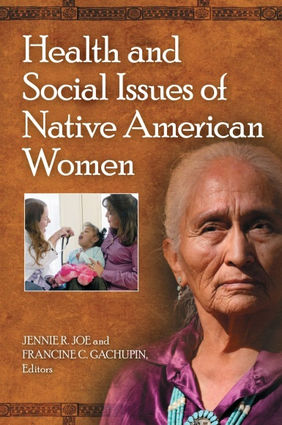First-of-its-kind book on Native American women's health
Last updated 5/25/2013 at 10:45am
TUCSON, AZ—Despite decades of research on the many health challenges facing Native Americans, no book has taken a comprehensive look at the health of Native American women—until now. “Health and Social Issues of Native American Women” is co-authored by UA Department of Family and Community Medicine researchers Drs. Jennie Joe and Francine Gachupin, both Native American, as are 15 of the other 16 researchers whose articles are included in the book Researchers Jennie R. Joe, PhD, and Francine C. Gachupin, PhD, with the Department of Family and Community Medicine at the University of A...
For access to this article please
sign in or
subscribe.




